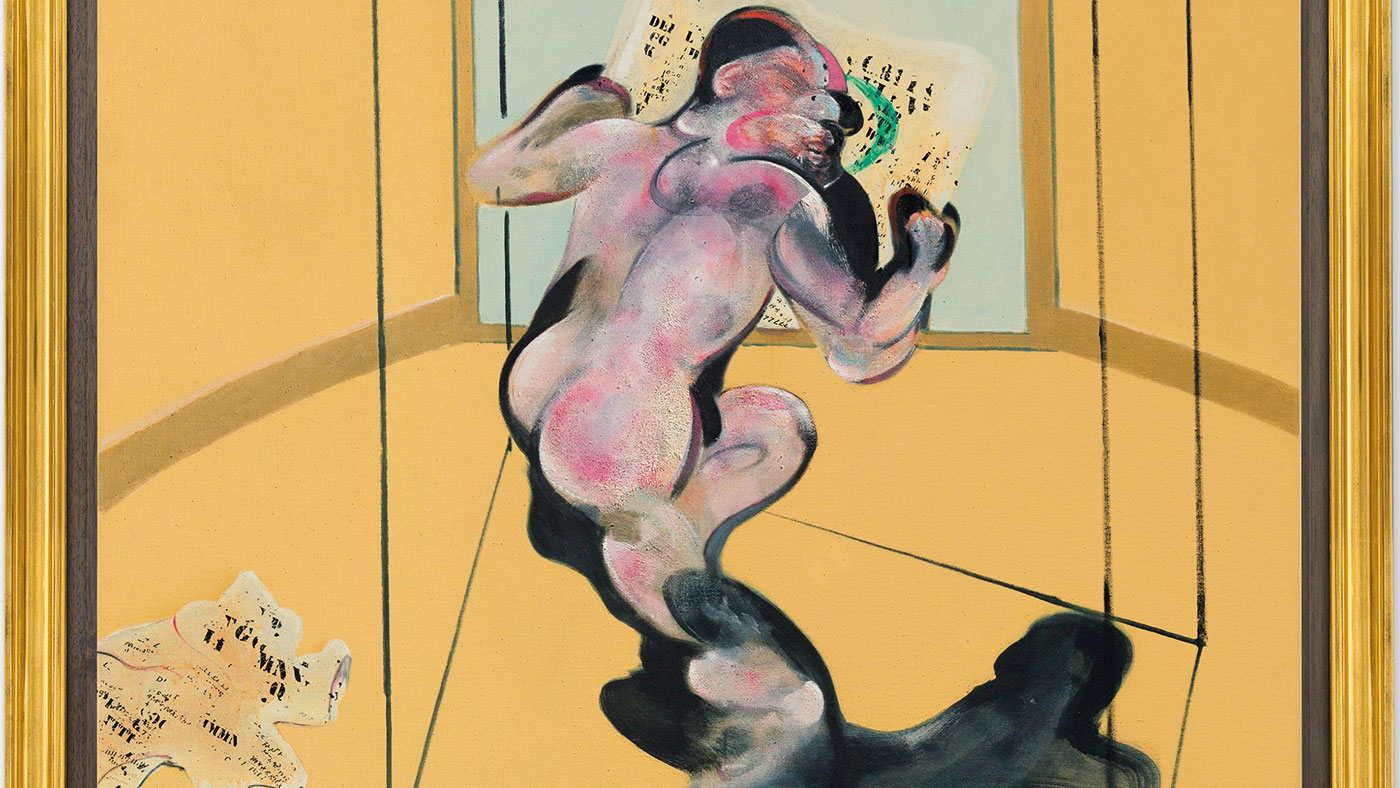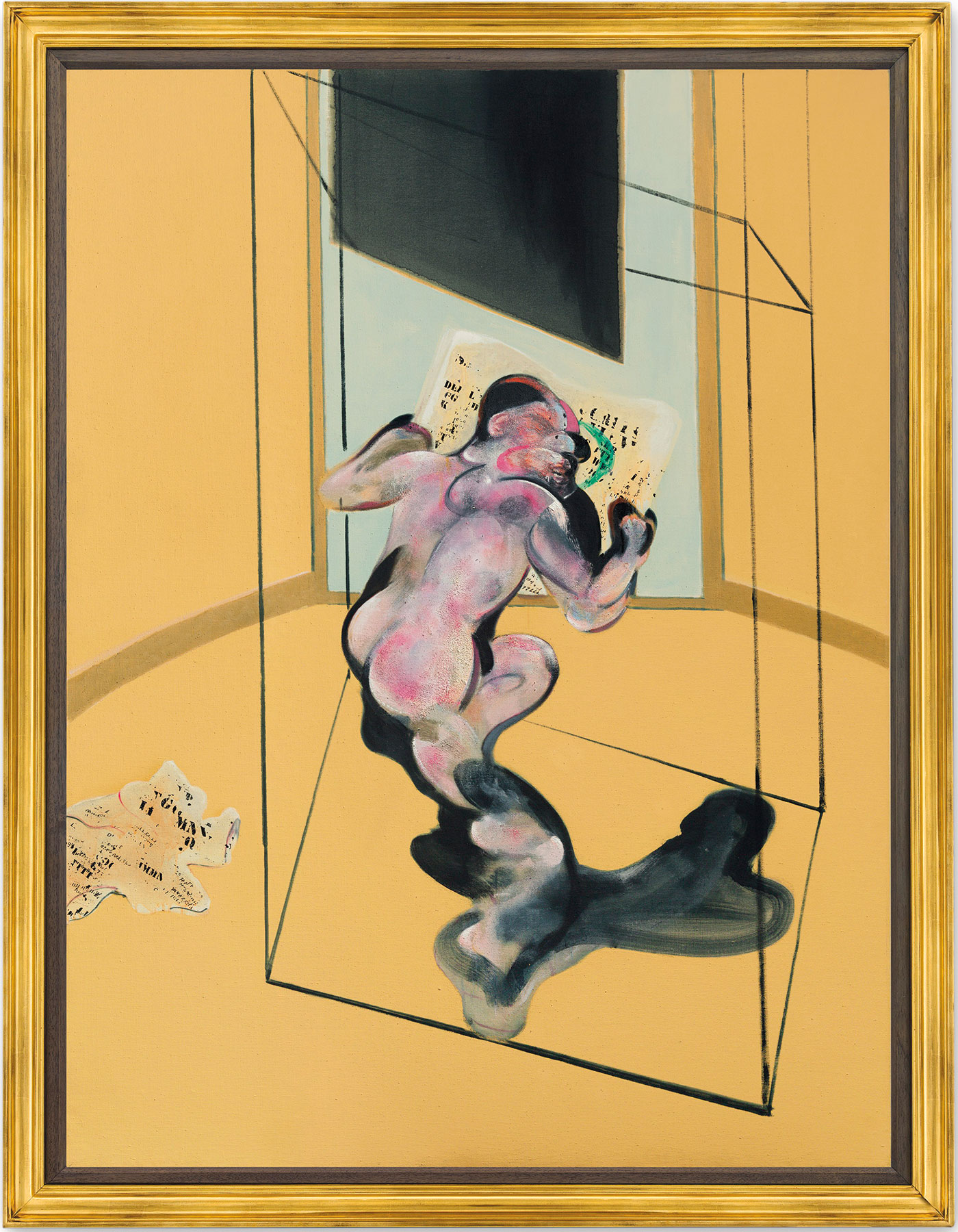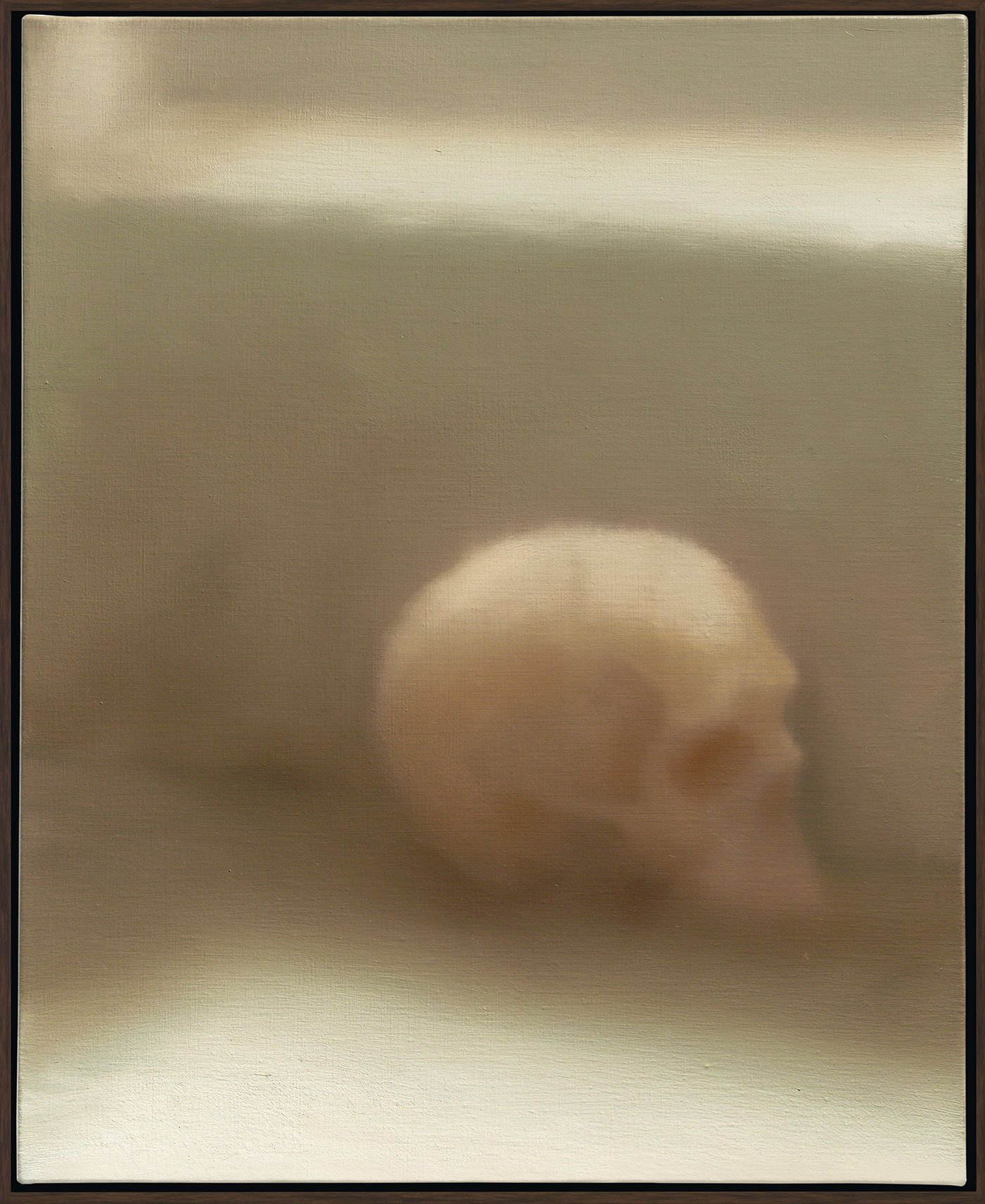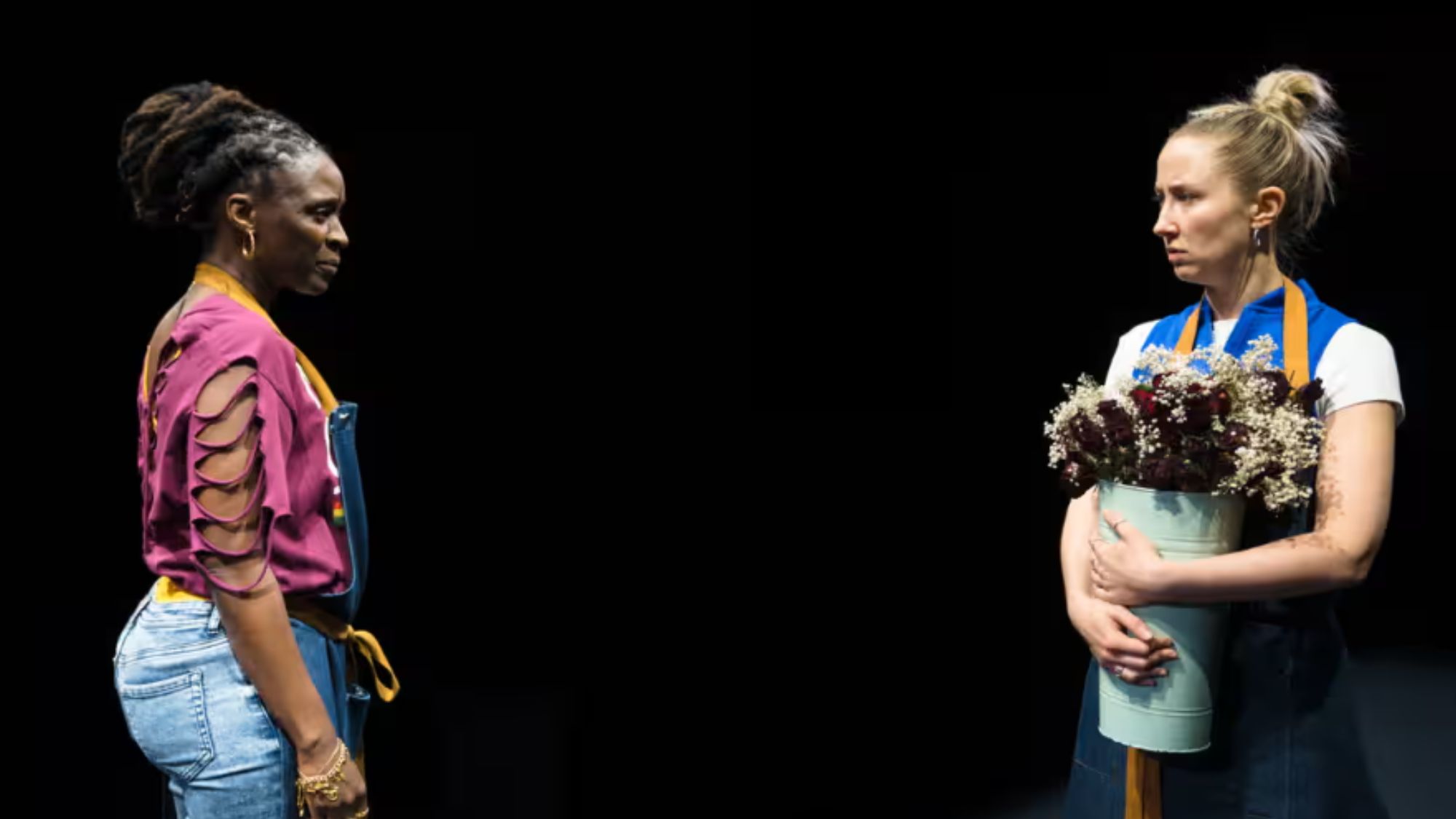Art world descends on London for Frieze Week


Frieze Week gets under way in London on Thursday 4 October. Held every year in Regent’s Park, the event is one of the most influential in the art world’s calendar. It is made up of two art fairs: the first, Frieze London, features 160 galleries showcasing artworks by today’s artists.
There is also a themed section, which this year is called Social Work. It sets out to pay homage to female artists of the 1980s and 1990s, “who challenged the status quo and explored the possibilities of political activism in their art making”.
The Week
Escape your echo chamber. Get the facts behind the news, plus analysis from multiple perspectives.

Sign up for The Week's Free Newsletters
From our morning news briefing to a weekly Good News Newsletter, get the best of The Week delivered directly to your inbox.
From our morning news briefing to a weekly Good News Newsletter, get the best of The Week delivered directly to your inbox.
Frieze Masters is the other art fair. As the name suggests, it is where collectors can snap up works from 130 galleries dating from antiquity right up to the modern era, including paintings by the Old Masters. Both fairs run until Sunday 7 October (buy tickets at Frieze.com). There is also a third fair: Frieze Sculpture, also ending on Sunday. Entrance is free.
Bacon and Freud under the hammer

Christie’s is getting in on the action. The auction house is selling “the largest and most diverse selection” of a dozen works by Francis Bacon and Lucian Freud, two of Britain’s finest 20th-century artists, to coincide with the start of Frieze Week. Leading the sale of post-war and contemporary art is Francis Bacon’s 1972 portrait Figure in Movement (pictured). The story behind what drove Bacon to paint it, and several others like it, is a sad one.
The man in the painting is George Dyer, Bacon’s muse and lover. Dyer, a petty East End crook, met the older artist in a Soho pub in the mid 1960s, when he offered to buy Bacon a drink, notes author Michael Peppiatt in Francis Bacon: Anatomy of an Enigma. The two struck up an unlikely relationship, with Bacon revelling in Dyer as the bewildered Cockney lost in the world of art – a role that Dyer played up to.
A free daily email with the biggest news stories of the day – and the best features from TheWeek.com
“All that money an’ I fink they’re reely ’orrible,” Dyer is quoted as saying after a Bacon painting sold for £26,000 in 1970. While impressed with Bacon’s sophisticated circle, Dyer also felt rejected by it, fuelling his frequent drunkenness. Eventually, the act wore thin, and Bacon broke off the relationship.
Following a brief reconciliation, Dyer killed himself in 1971, the day before the opening of Bacon’s retrospective exhibition at the Grand Palais in Paris. The French president, Georges Pompidou, was in attendance, and Bacon acted as though nothing was wrong. In fact, Bacon was haunted by Dyer’s death. The following year, Bacon painted Figure in Movement, in which he created “a vivid sense of the transition from life to death, transforming Dyer’s distinctive features into commentary on the fleeting nature of life”, says Christie’s. “Dyer is simultaneously reincarnated and estranged, his likeness skewed to the point of ambiguity and mirrored imperfectly in billowing black.” It is expected to fetch between £15m and £20m.
A skull for £12m

Gerhard Richter is another painter who has ruminated on the transience of life. Reflecting on his own mortality following his 50th birthday, the German artist painted the blurred photorealist (ie, in imitation of a photograph) work Schädel (Skull) in 1983 (pictured). It was the first of eight paintings based on skulls, and was last exhibited in 1988.
Richter was following in a long tradition of drawing on the image of skulls as a memento mori – Latin for “remember you must die”. Hans Holbein famously did something similar in his 1533 work The Ambassadors; more recent artists, such as Paul Cézanne, Pablo Picasso and Jean-Michel Basquiat have also drawn on the motif. In fact, it was Picasso’s skull paintings that inspired Richter in a number of his early ink drawings from the 1950s, precursors to his later photorealist skull series.
“I felt protected by these motifs, because the motifs are so art-historically charged…” Richter previously said of the paintings. “The motifs were covered by this styled composition, out-of-focus quality, and perfection. So, beautifully painted, they take away the fear.”
Schädel is expected to sell for between £12m and £18m, according to Barron’s Penta, appearing alongside Figure in Movement at Christie’s in London on 4 October.
Auctions
Going…

Stage dresses and accessories that belonged to Aretha Franklin, who died last month aged 76, are to go under the hammer at an auction at the Hard Rock Café in New York on 10 November. The highlights of the sale conducted by Julien’s Auctions include a red sequinned interior dress designed by Arnold Scassi with a matching sequin romper (pictured), which was worn on stage at Radio City Music Hall in September 1991, and a St John knit jacket worn in September 1999 at a ceremony with Bill Clinton.
“On and off the stage, Franklin was also a great fashion legend,” says Julien’s Martin Nolan. “This collection of her most show-stopping looks demonstrates why she was not only the Queen of Soul but [also] the Queen of Style.”
Gone…
A rare Ferrari Dino 246GT that Rolling Stones guitarist Keith Richards bought new in 1972 sold for £442,000 at an auction held at Goodwood in West Sussex last Saturday. Richards regularly drove the car, which has a 2.4-litre engine and a top speed of 148 mph, before selling it in 1986. It was then bought by a collector and taken to Japan, where it stayed for three decades. “If you wanted to feel like a rock god, this was the car for you,” says Sholto Gilbertson, director of motor cars at auction house Bonhams, which conducted the sale.
This article was originally published in MoneyWeek
-
 Why it’s important to shop around for a mortgage and what to look for
Why it’s important to shop around for a mortgage and what to look forThe Explainer You can save big by comparing different mortgage offers
-
 4 ways to save on rising health care costs
4 ways to save on rising health care costsThe Explainer Health care expenses are part of an overall increase in the cost of living for Americans
-
 How to financially prepare for divorce
How to financially prepare for divorceThe Explainer Facing ‘irreconcilable differences’ does not have to be financially devastating
-
 The rise of the lost luggage auction
The rise of the lost luggage auctionIn the Spotlight Lost luggage hauls are attracting millions of views online
-
 Friendship: 'bromance' comedy starring Paul Rudd and Tim Robinson
Friendship: 'bromance' comedy starring Paul Rudd and Tim RobinsonThe Week Recommends 'Lampooning and embracing' middle-aged male loneliness, this film is 'enjoyable and funny'
-
 The Count of Monte Cristo review: 'indecently spectacular' adaptation
The Count of Monte Cristo review: 'indecently spectacular' adaptationThe Week Recommends Dumas's classic 19th-century novel is once again given new life in this 'fast-moving' film
-
 Death of England: Closing Time review – 'bold, brash reflection on racism'
Death of England: Closing Time review – 'bold, brash reflection on racism'The Week Recommends The final part of this trilogy deftly explores rising political tensions across the country
-
 Sing Sing review: prison drama bursts with 'charm, energy and optimism'
Sing Sing review: prison drama bursts with 'charm, energy and optimism'The Week Recommends Colman Domingo plays a real-life prisoner in a performance likely to be an Oscars shoo-in
-
 Kaos review: comic retelling of Greek mythology starring Jeff Goldblum
Kaos review: comic retelling of Greek mythology starring Jeff GoldblumThe Week Recommends The new series captures audiences as it 'never takes itself too seriously'
-
 Blink Twice review: a 'stylish and savage' black comedy thriller
Blink Twice review: a 'stylish and savage' black comedy thrillerThe Week Recommends Channing Tatum and Naomi Ackie stun in this film on the hedonistic rich directed by Zoë Kravitz
-
 Shifters review: 'beautiful' new romantic comedy offers 'bittersweet tenderness'
Shifters review: 'beautiful' new romantic comedy offers 'bittersweet tenderness'The Week Recommends The 'inventive, emotionally astute writing' leaves audiences gripped throughout